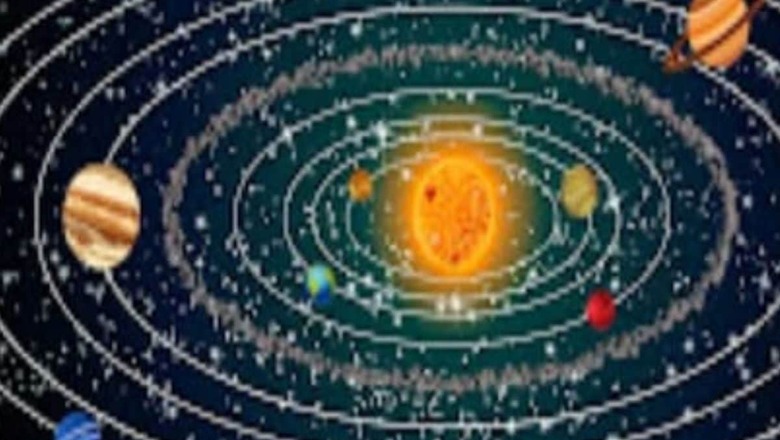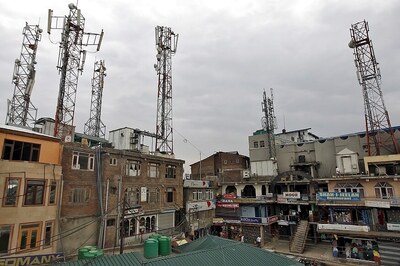
views
As per the English calendar, the new year is celebrated every year on January 1. However, not all cultures or regions follow the same date for the new year. Cambodia celebrates their new year in April as it signifies the end of the harvest festival in the country. Similarly, the Hindus in India celebrate the Hindu New Year on the first day of the Shukla Paksha of the Chaitra Month. It usually falls in March or April.
The Hindu New Year signifies the arrival of spring during which trees, plants and vegetation start shedding their old leaves. It marks the onset of new beginnings of life. As per Acharya Pandit Vijay Narayan Sharan, priest of the famous Hanuman temple of Ballia, the Hindu New Year also witnesses the changes in planets’ positions along with the seasonal change.
Acharya Pandit Vijay Narayan Sharan believes that our ancestors must have done great research in deciding the time of the Hindu New Year. He claims that with the arrival of the Hindu New Year, nature also starts emitting changes, unlike the English calendar. “Chaitra Navratri also begins with the beginning of the Hindu New Year, on the exact 9th day of which the festival of Ram Navami is celebrated,” Pt. Vijay Narayan added. While trees and plants start shedding their old leaves, the changes travel to heaven. He added that even gods celebrate the arrival of the Hindu New Year.
In North India, the new year coincides with the harvest festival, Baisakhi. In Maharashtra, it is celebrated as Gudi Padwa and in South India as Ugadi. People engage in various rituals, prayers and festive activities to start the year on an auspicious note. They clean and decorate their homes, prepare special dishes, wear new clothes and share traditional sweets with their loved ones on this day. People also visit temples on this day to seek blessings from the gods for the new year.
Notably, each new year the date of the Hindu festival changes due to astronomical calculations. The Hindu calendar is lunisolar, based on the cycles of the moon and adjustments are made periodically to align it with the solar year.




















Comments
0 comment